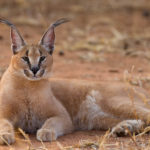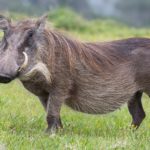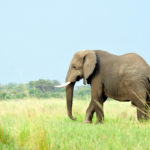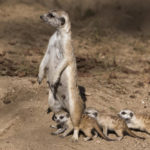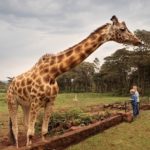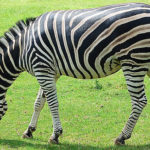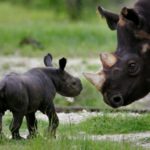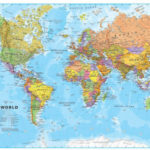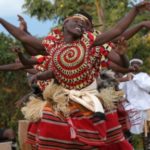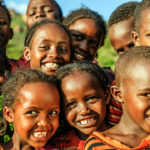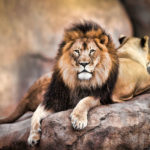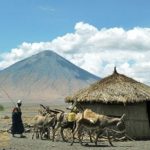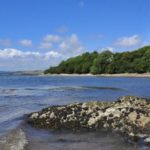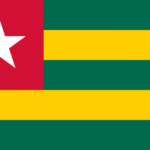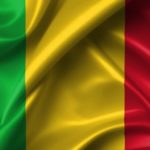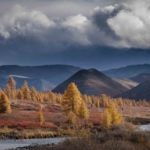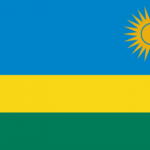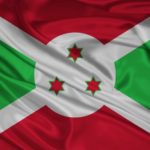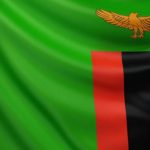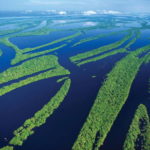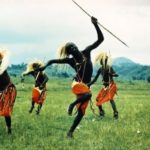Interesting facts about Namibia
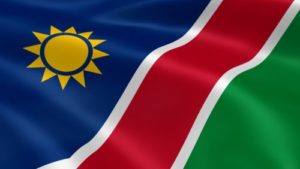 Namibia is a poor South African country, remarkable for its nature. There are rivers with a boiling life in them, and majestic deserts, and impenetrable jungles. Actually, it is for this that the few tourists who are not afraid to get so far from civilization come here – for unique places that can not be seen anywhere else.
Namibia is a poor South African country, remarkable for its nature. There are rivers with a boiling life in them, and majestic deserts, and impenetrable jungles. Actually, it is for this that the few tourists who are not afraid to get so far from civilization come here – for unique places that can not be seen anywhere else.
On the territory of Namibia is the world’s largest underground lake.
In the countryside in Namibia, extravagant headgear is still in use in women, for the production of which goat skins, resin, fat and clay are used.
In the most densely populated and large city of Namibia, Windhoek (the capital of the country) is home to just over a third of a million people. Nothing surprising, in principle – on the density of the population Namibia occupies one of the last places.
About one twentieth of Namibia’s population consists of ethnic Europeans – descendants of the colonialists.
Despite the fact that Namibia is one of the most prosperous countries in Africa, unemployment here is very high, its level reaches 35-40 percent.
One of Namibia’s attractions is the Skeleton Coast National Park. Yes, it’s called that because of the presence of many skeletons near the surf line.
Another amazing natural area is the Roaring Dunes of Terrace Bay. There is unusual sand here, and if you move out of the barkhana on a special board like a snowboard, the sand makes a loud roar that can be heard for several kilometers.
The Namibian currency is tightly tied to the exchange rate of South Africa, as the economies of the two countries are closely related.
The length of the Namibian roads is more than 60 thousand kilometers – an excellent indicator for the African country. True, asphalt coating is good if 10 percent of these roads.
The official language in Namibia is English, but the most common language here is Afrikaans.

